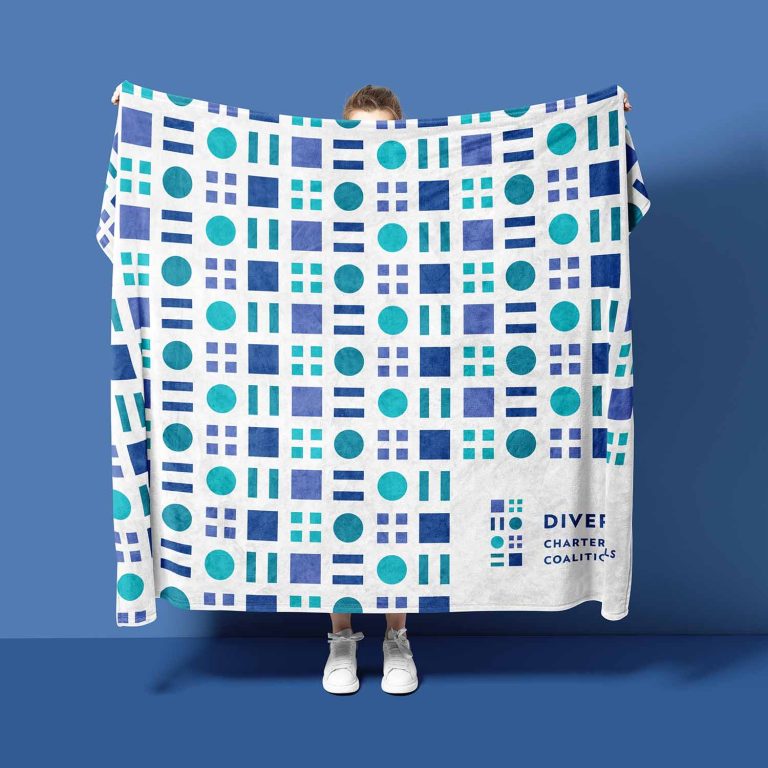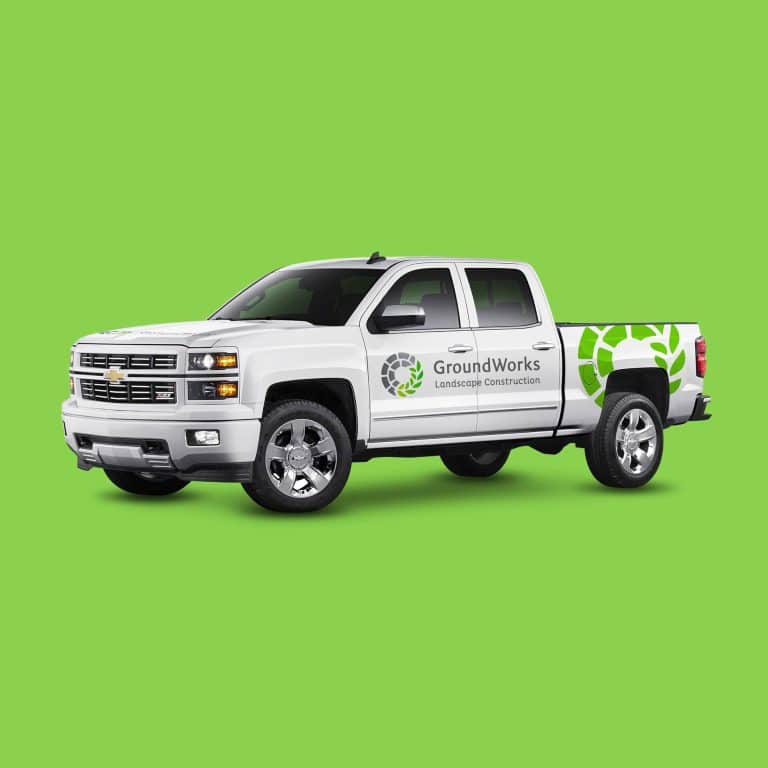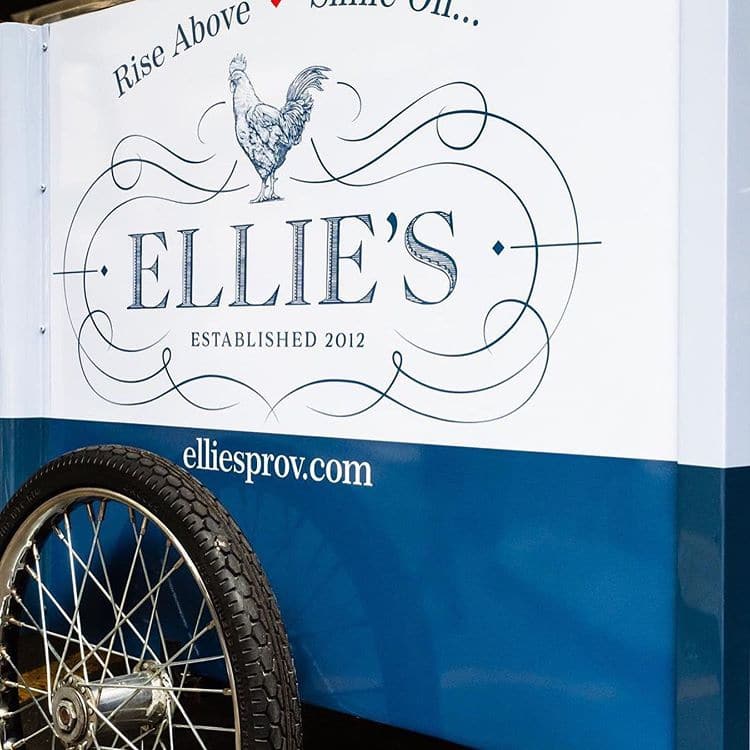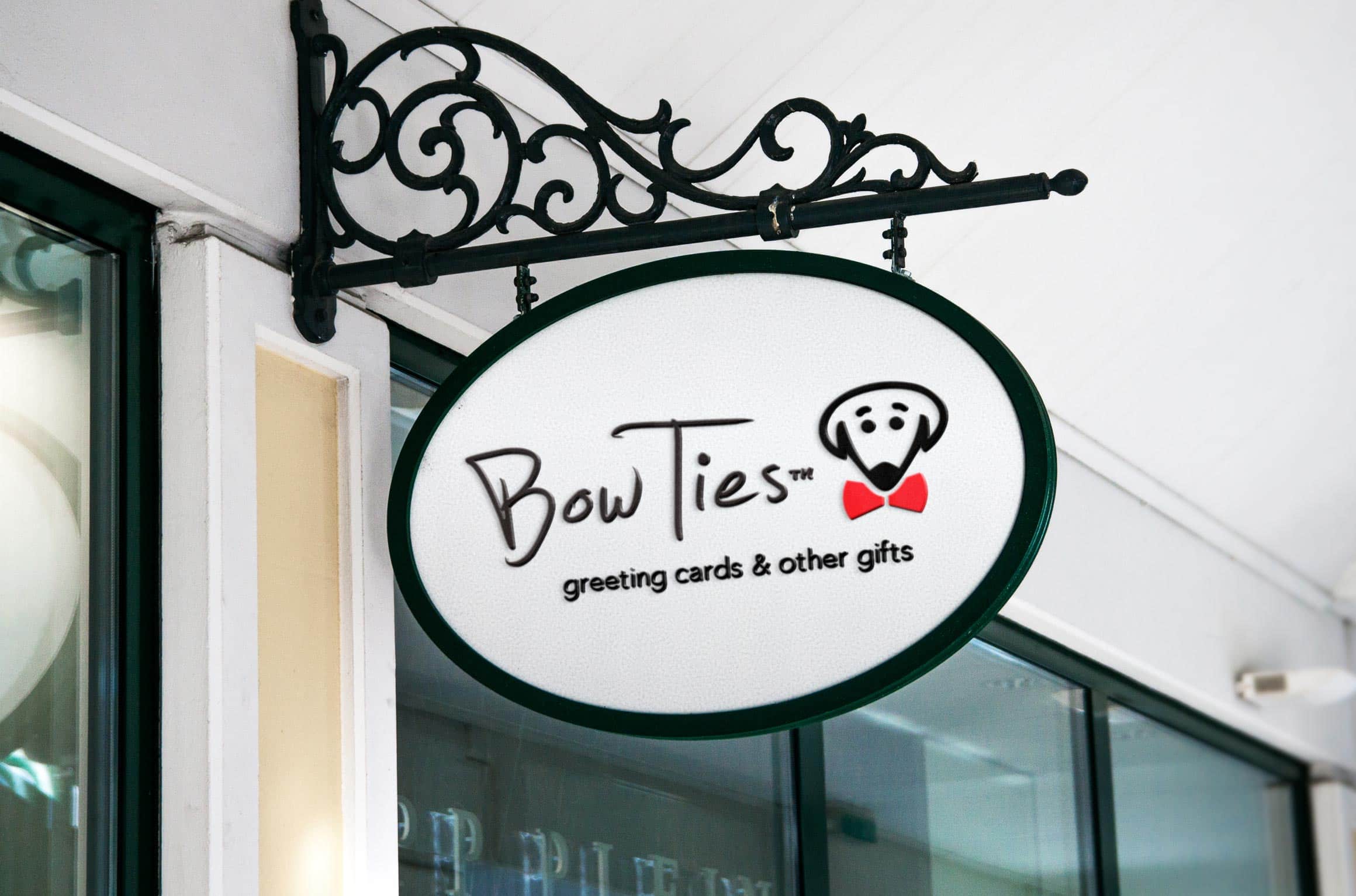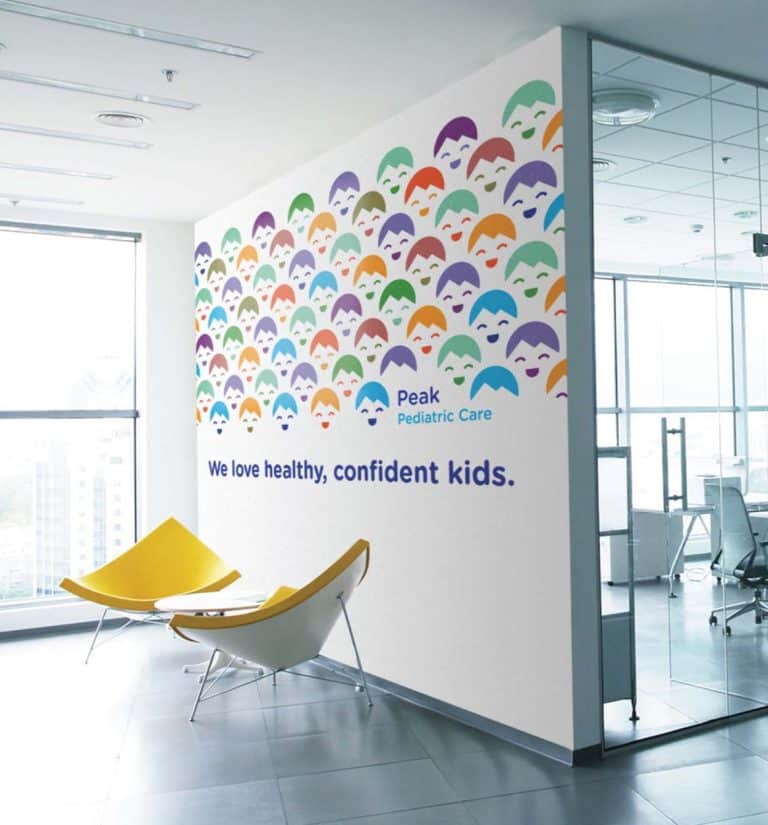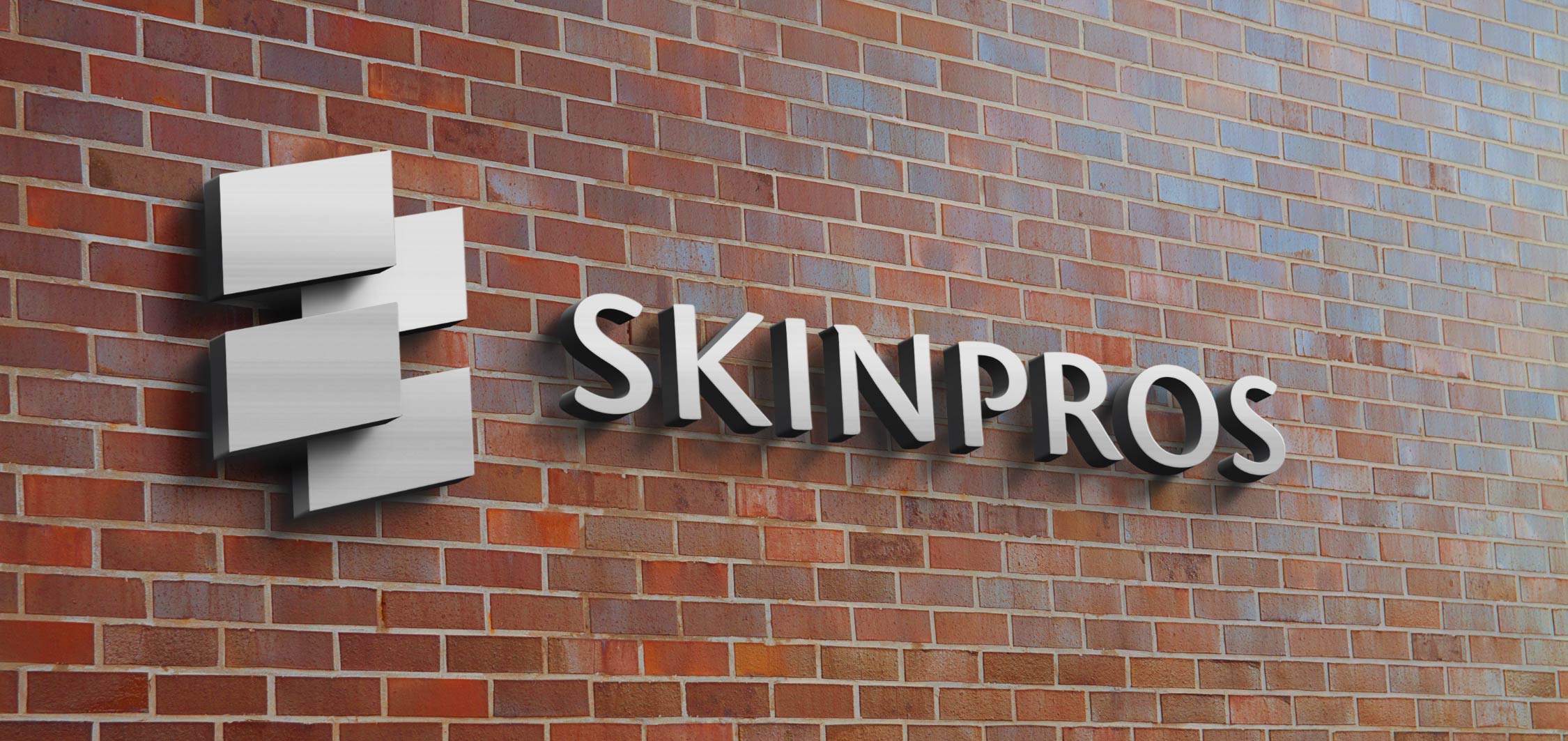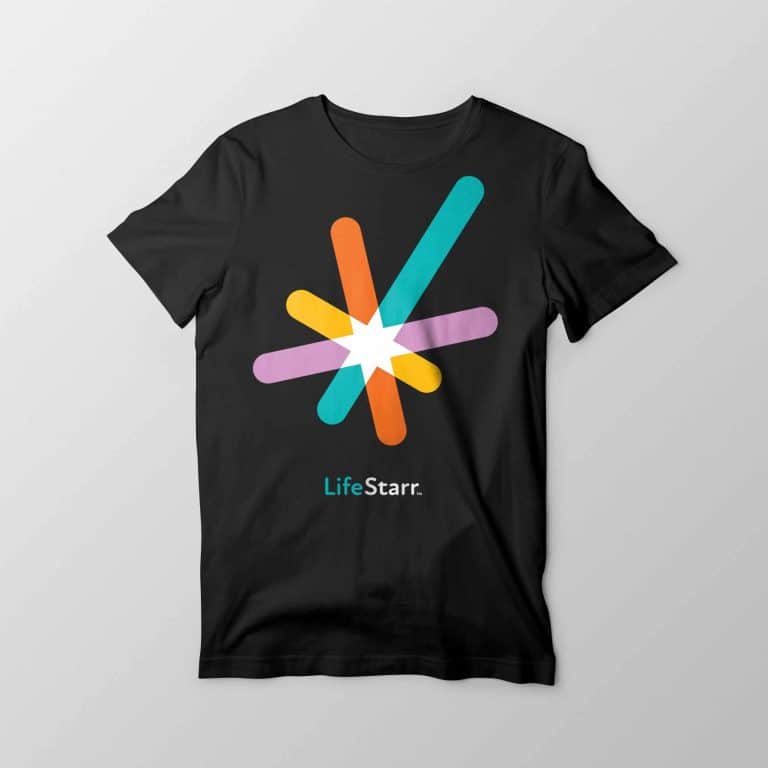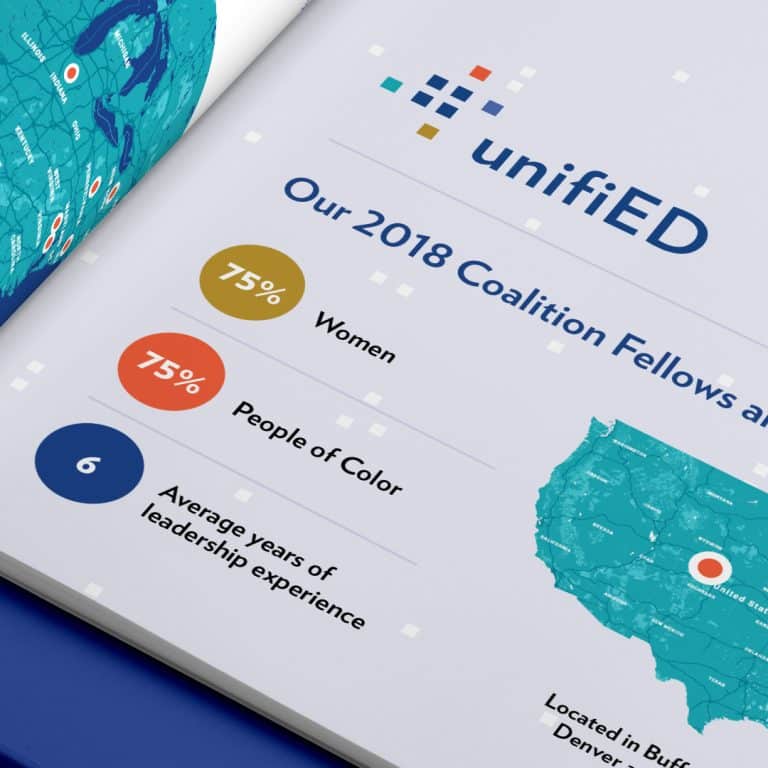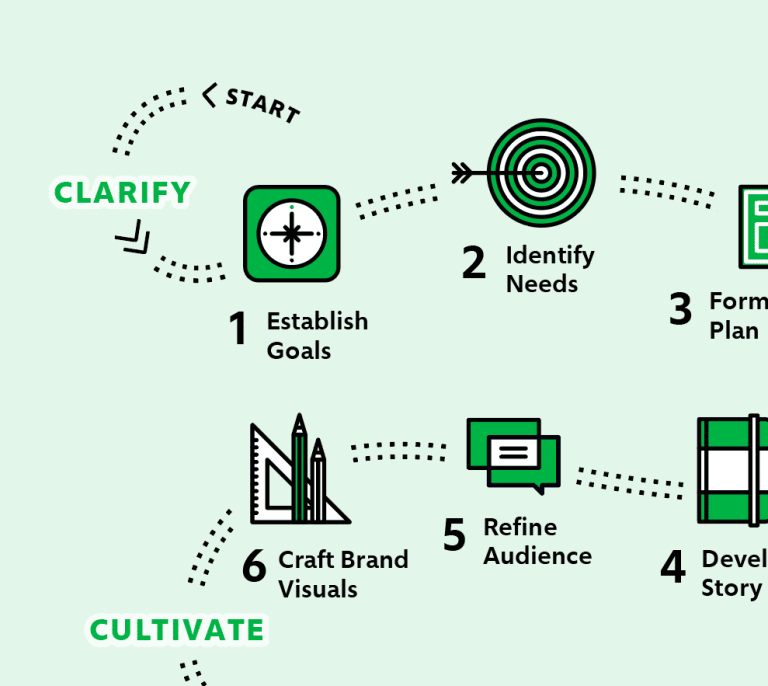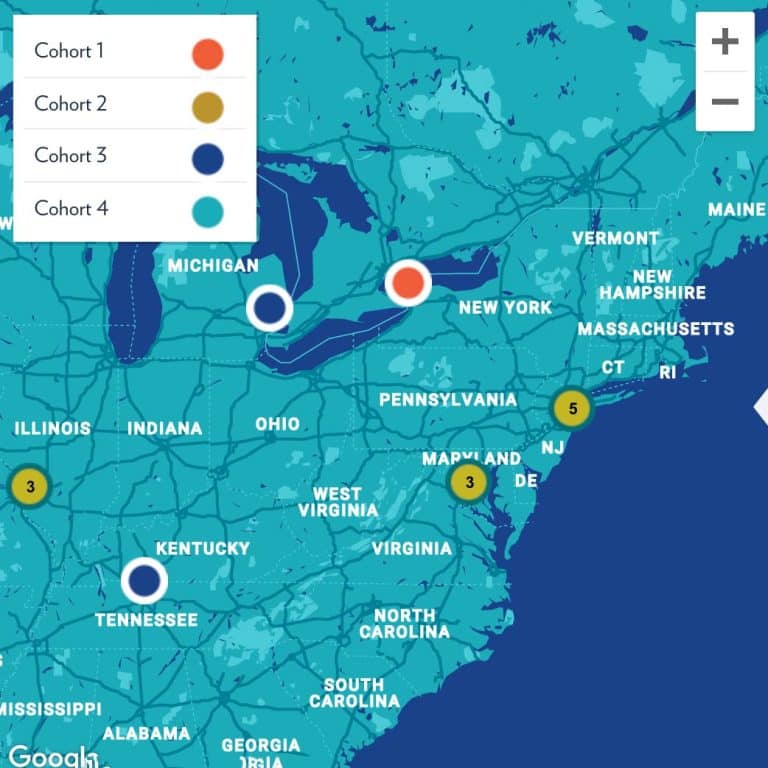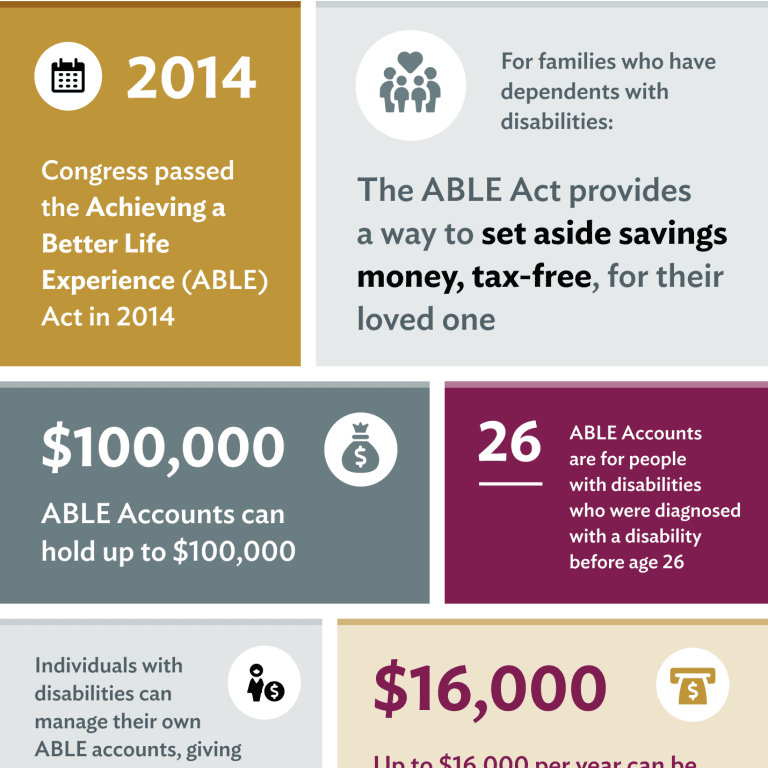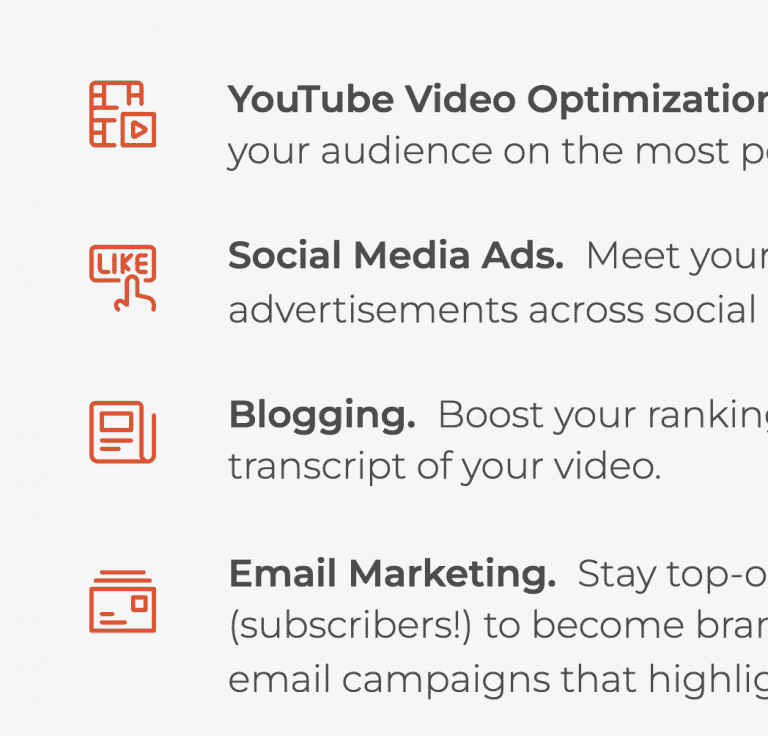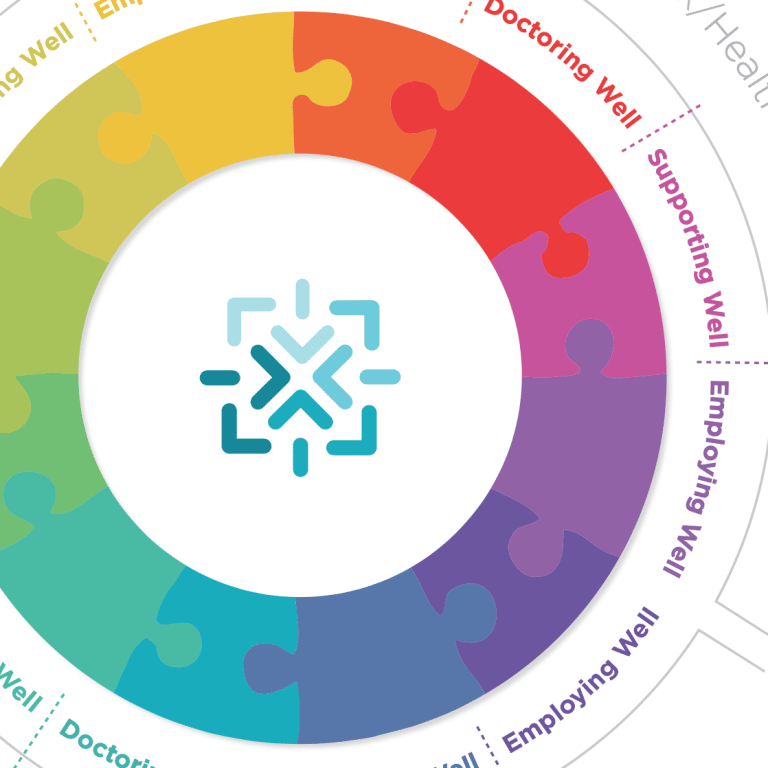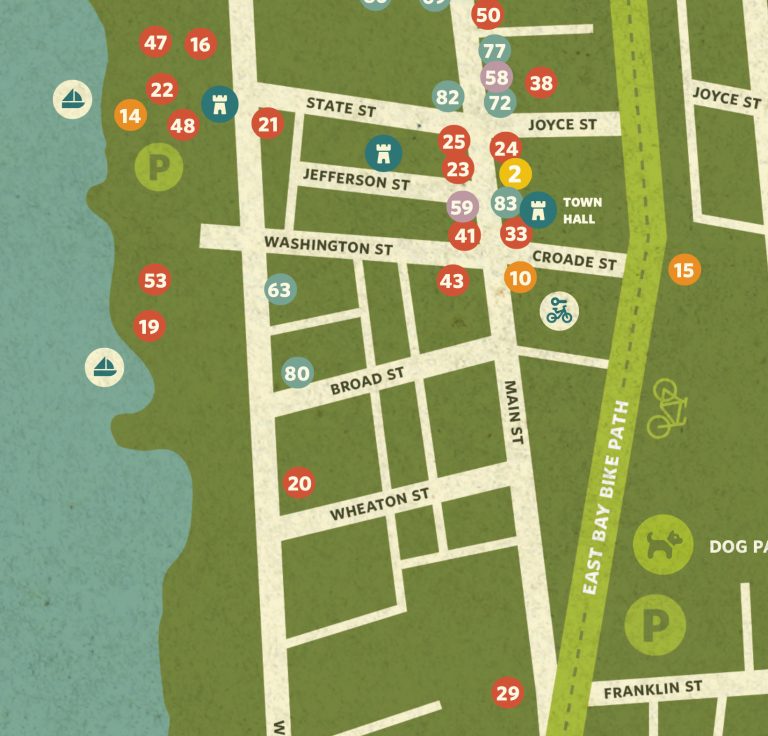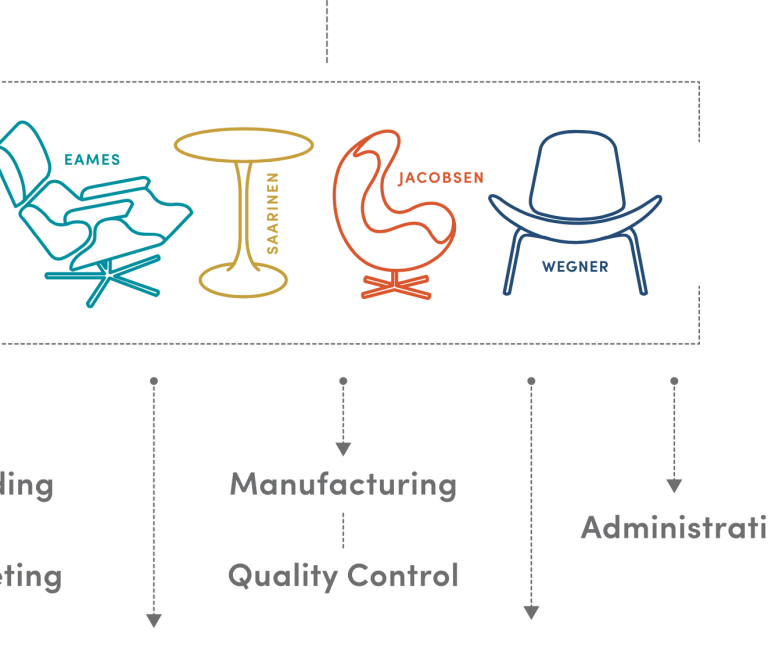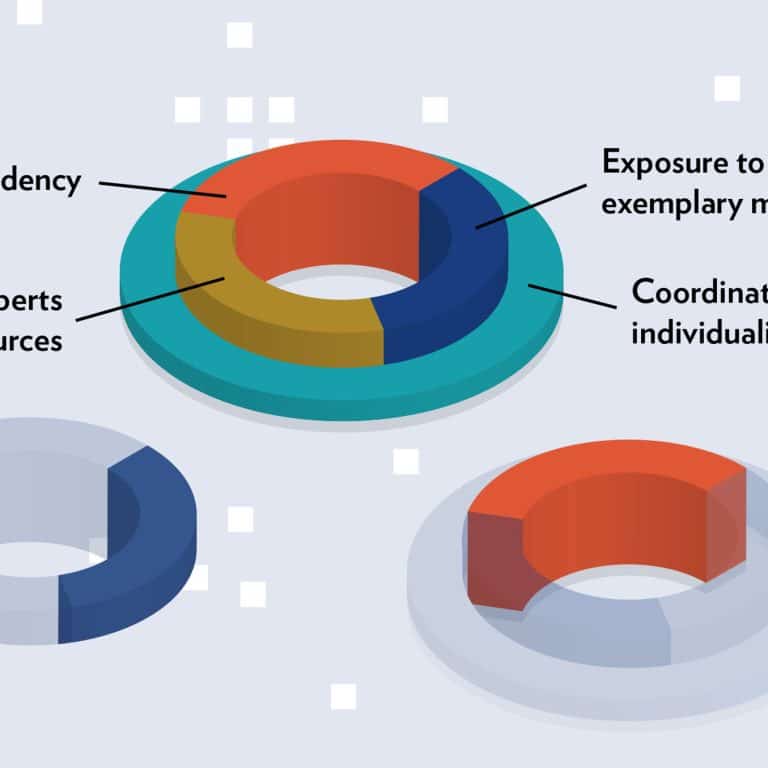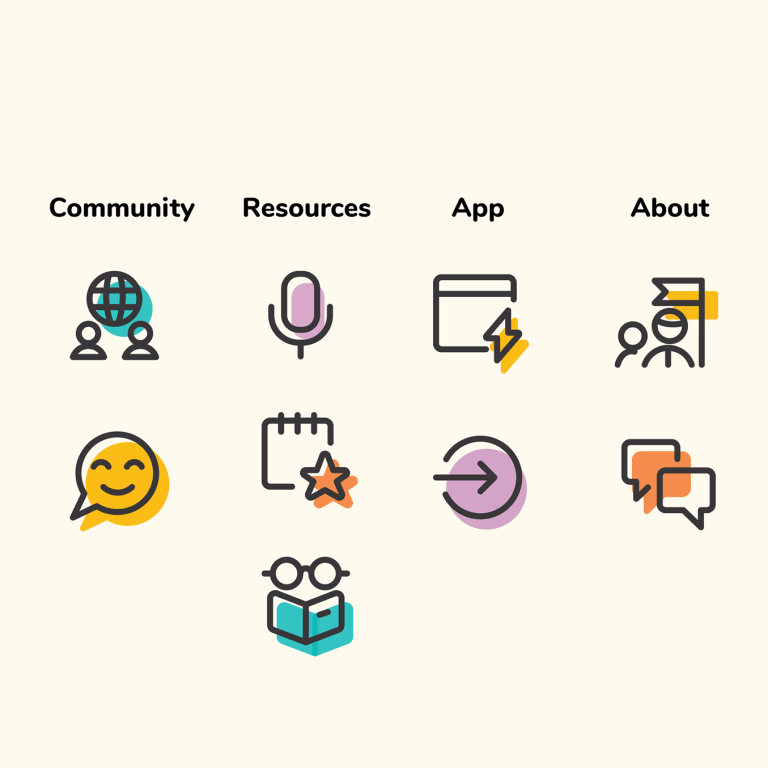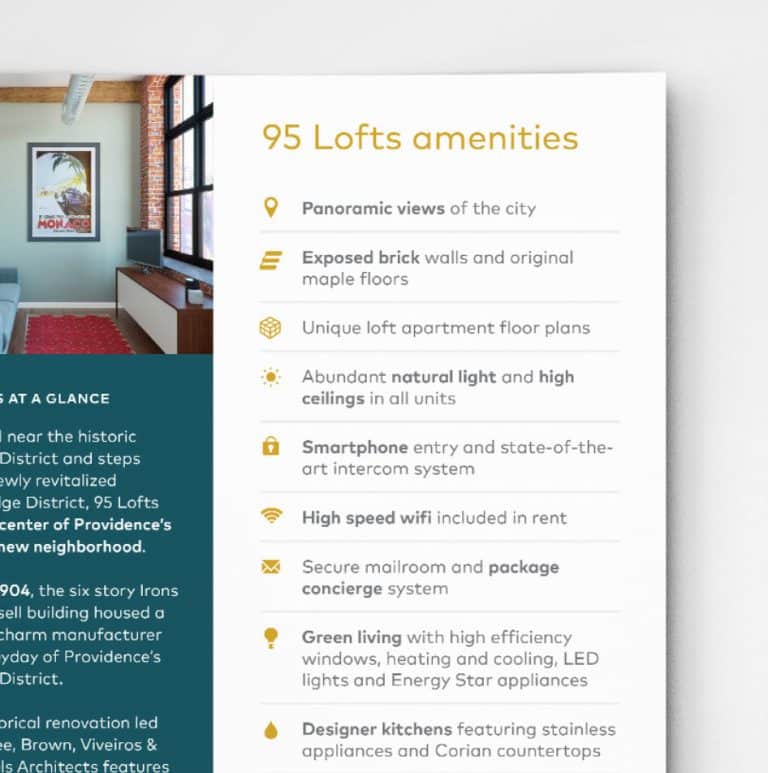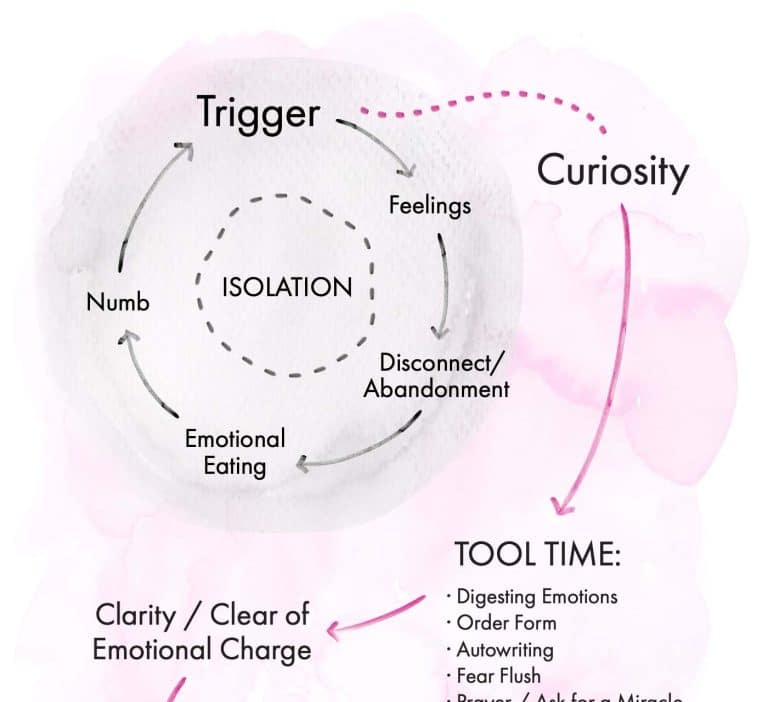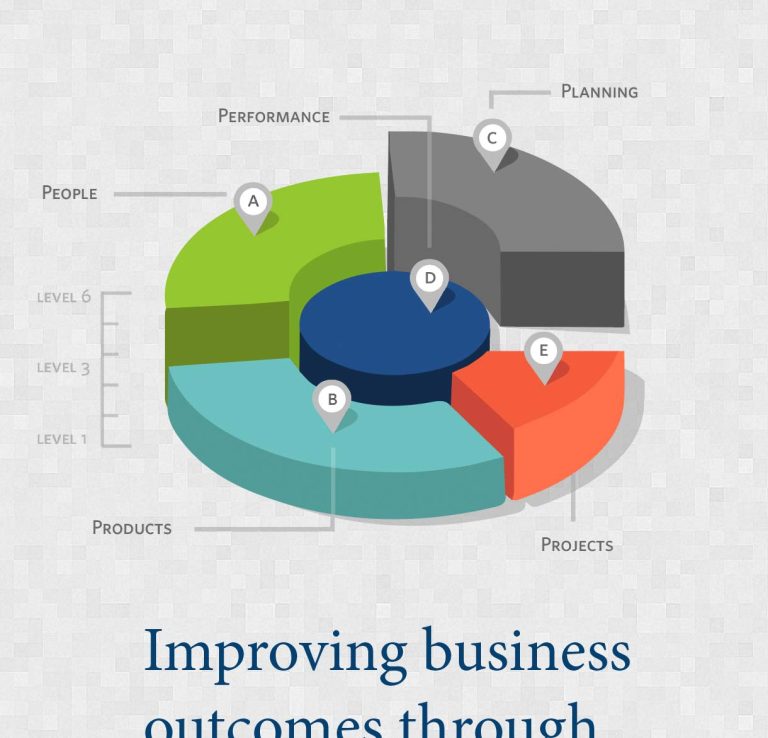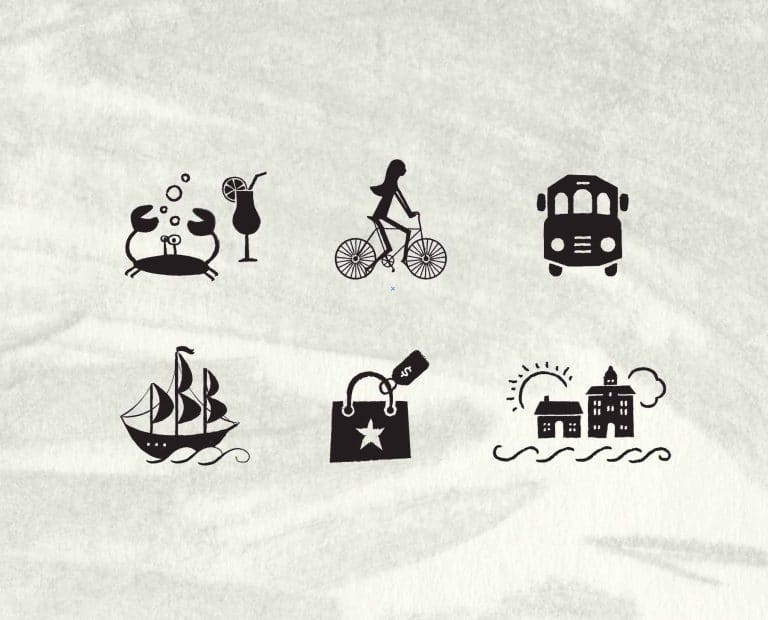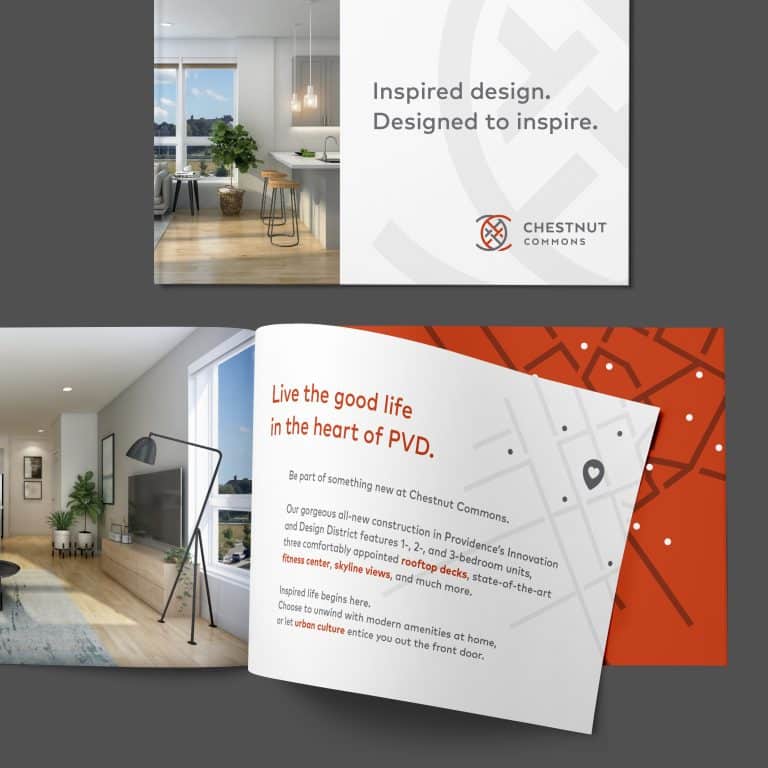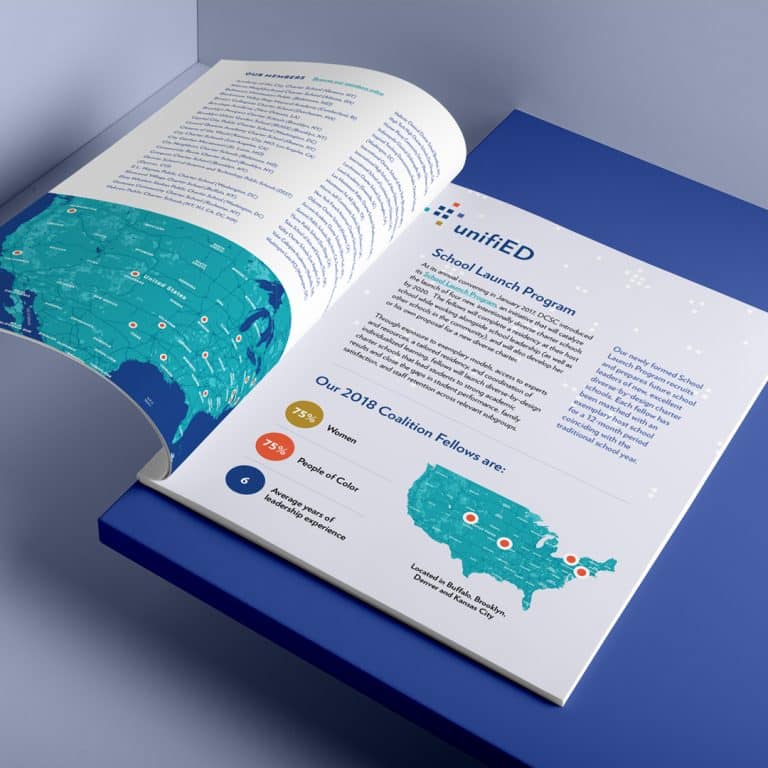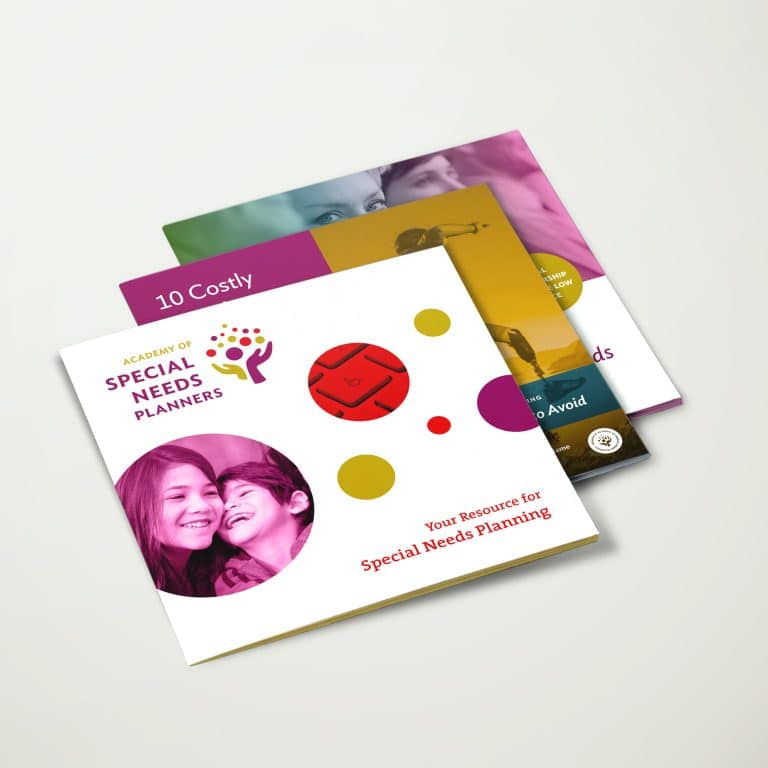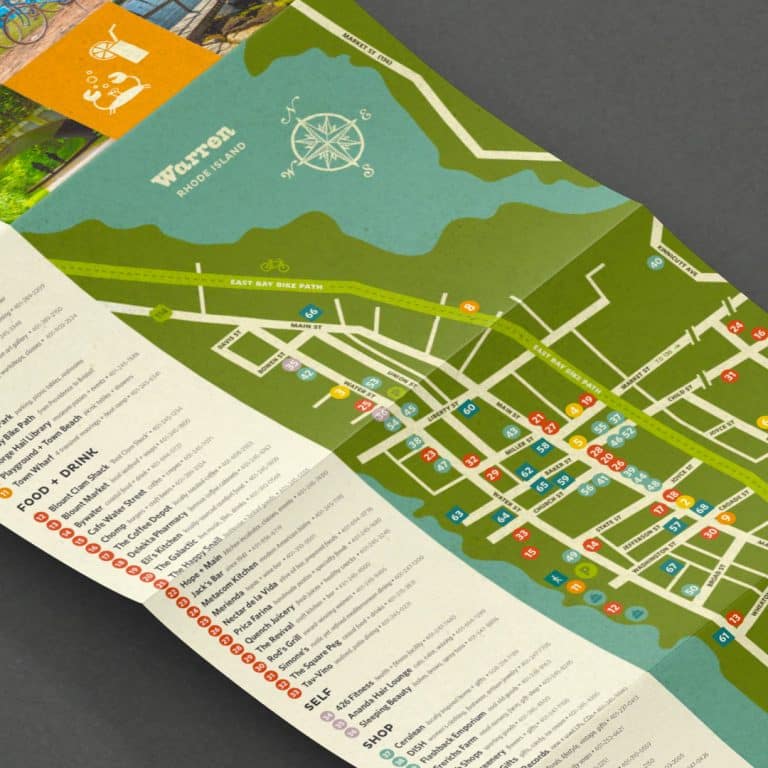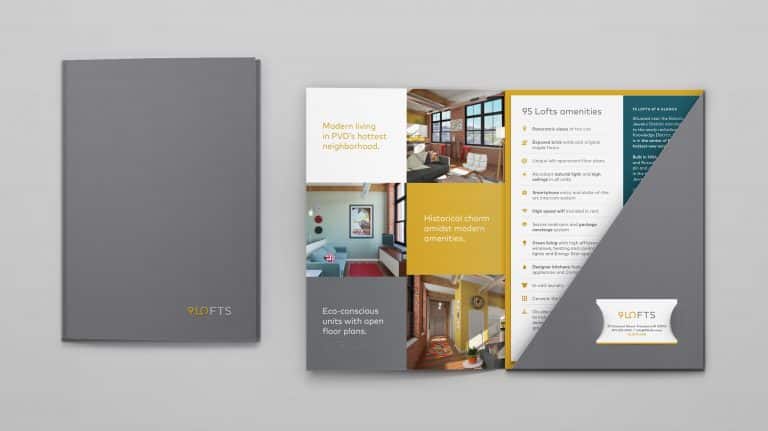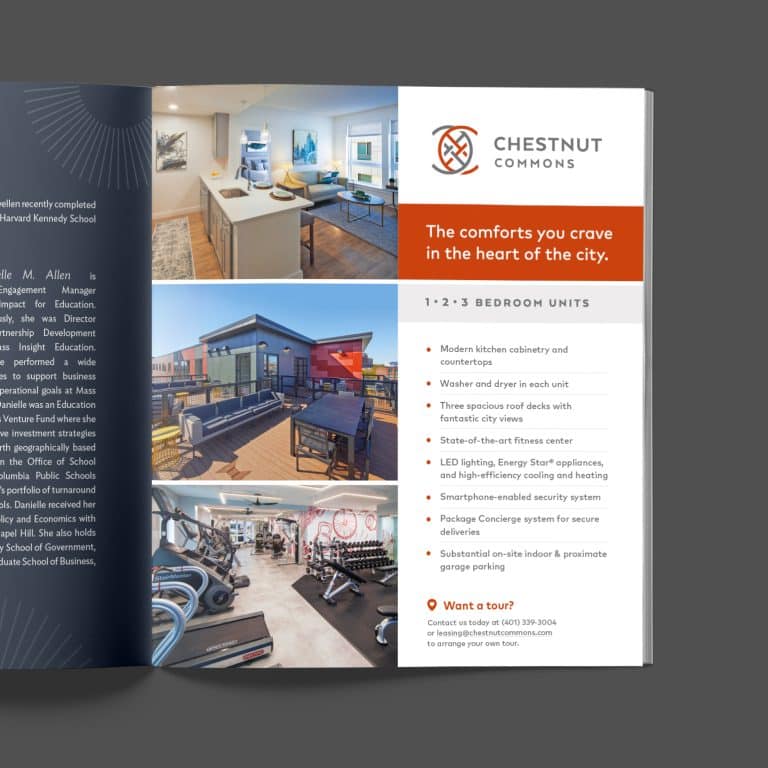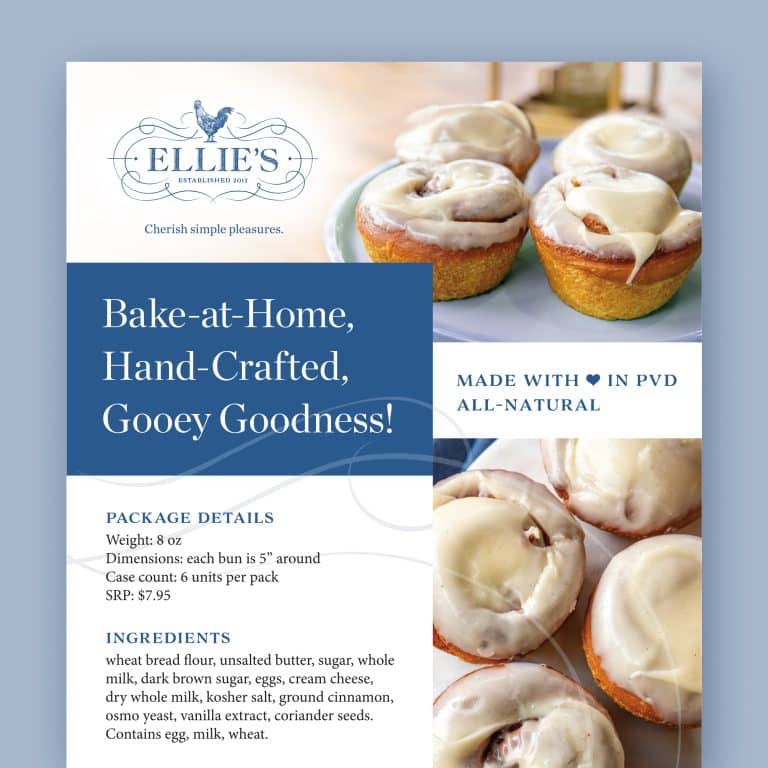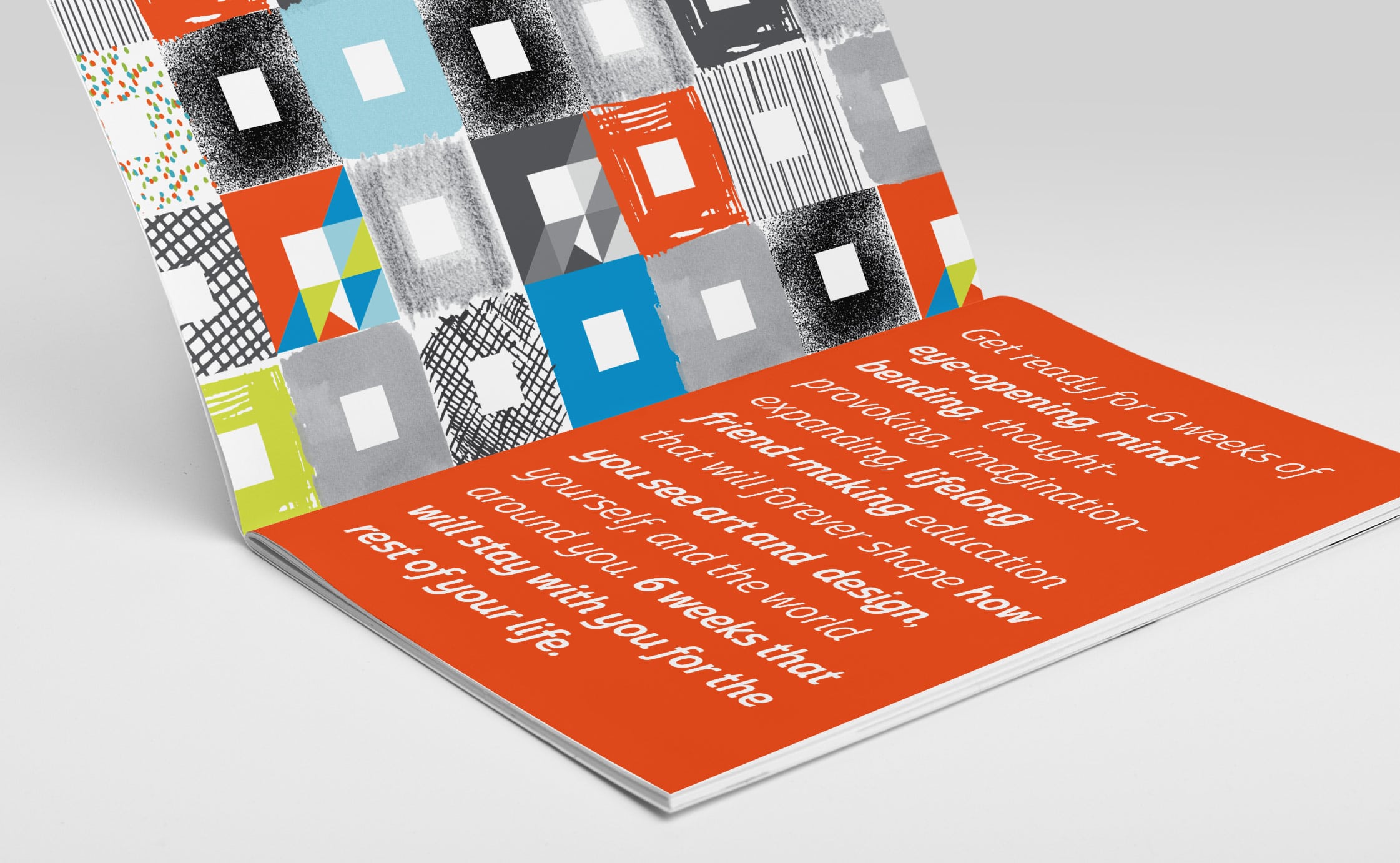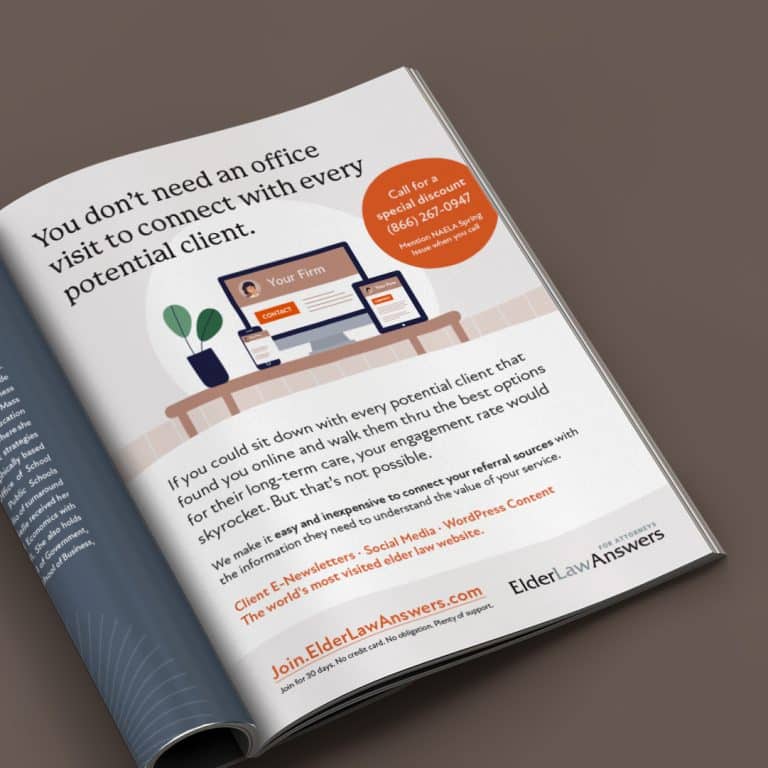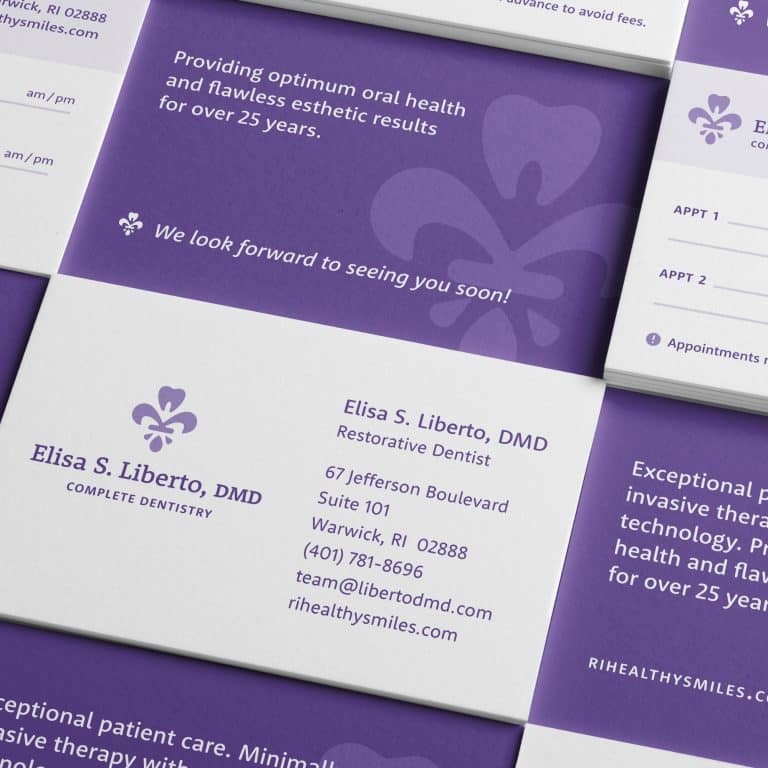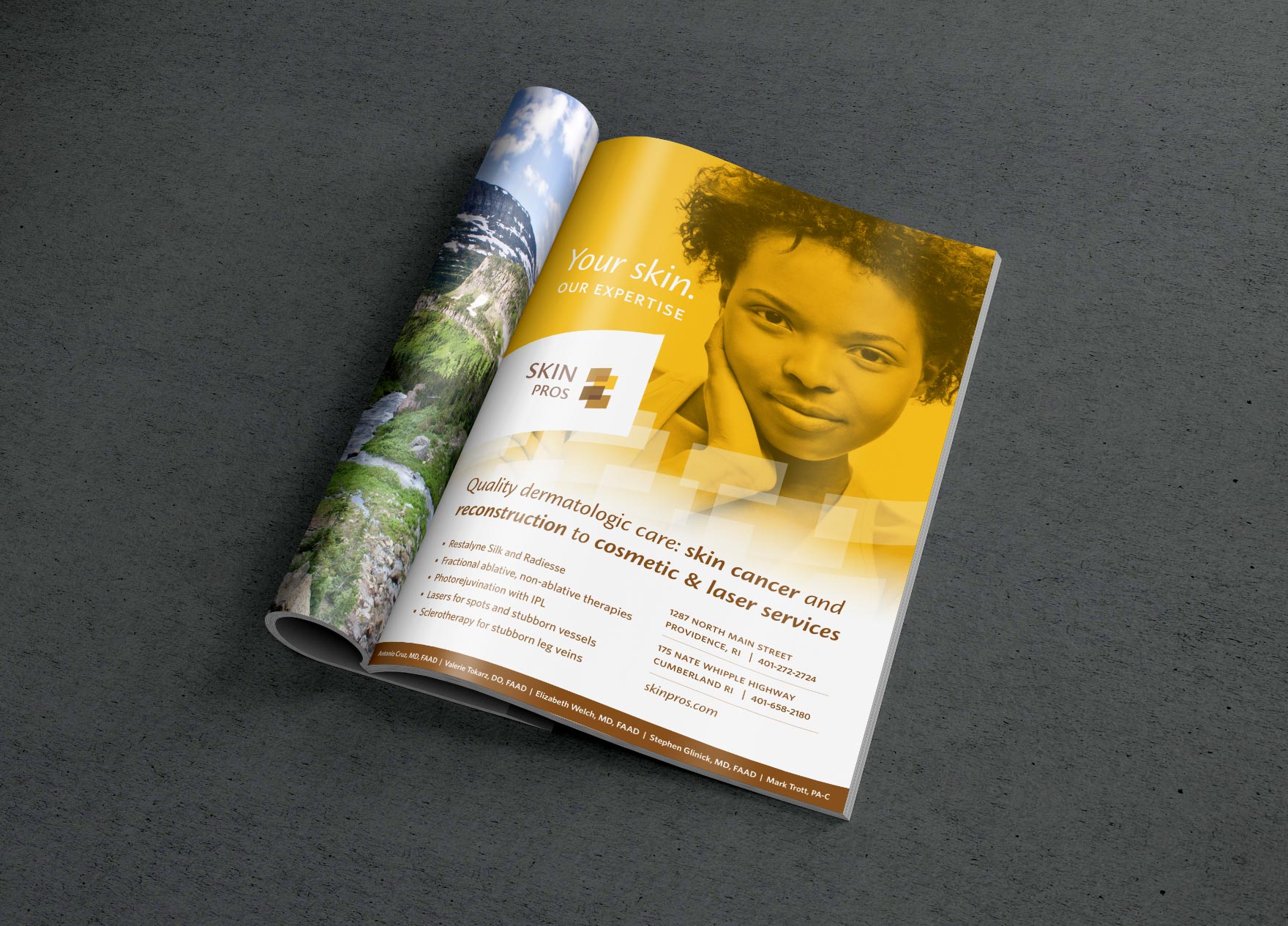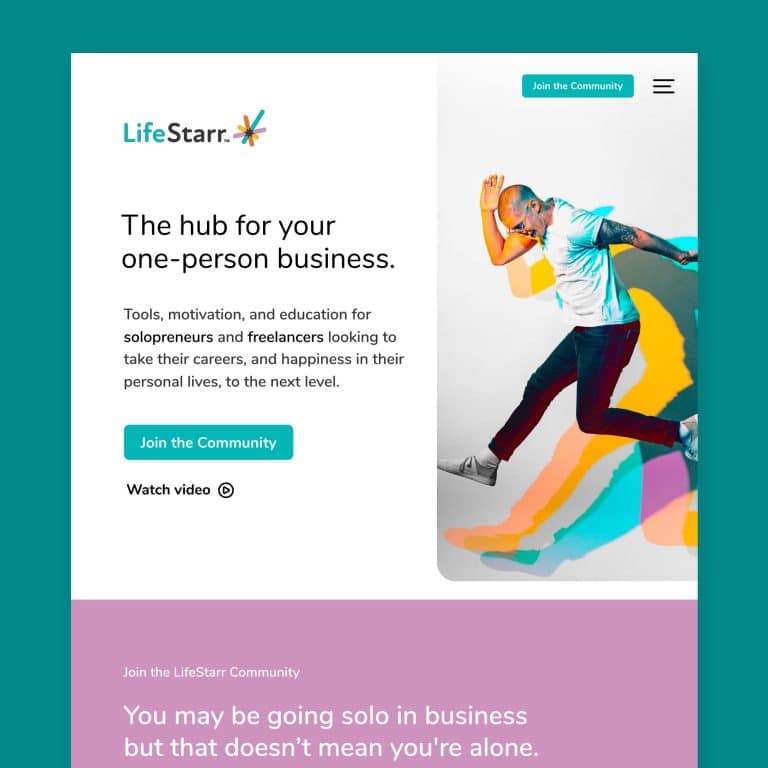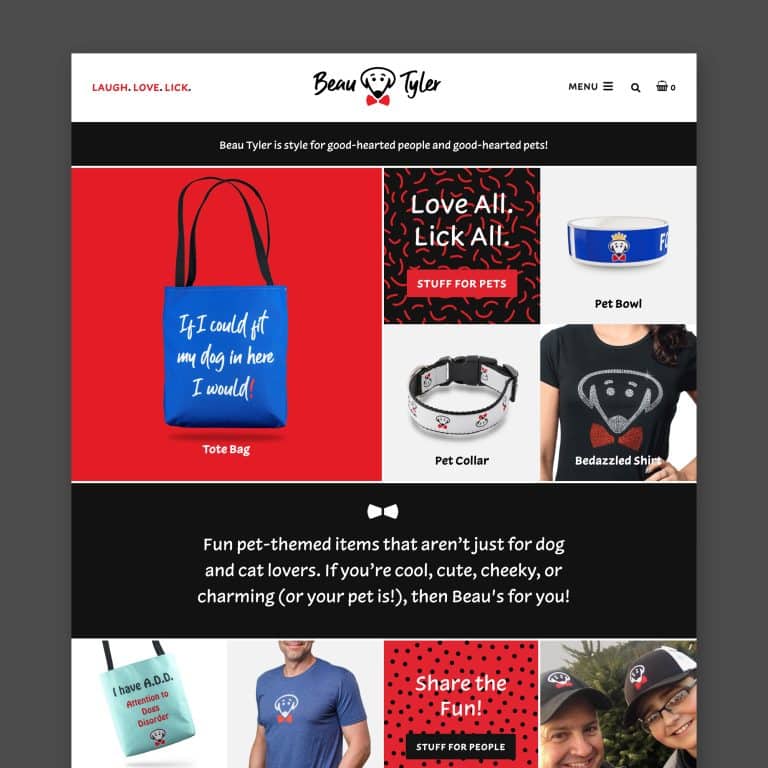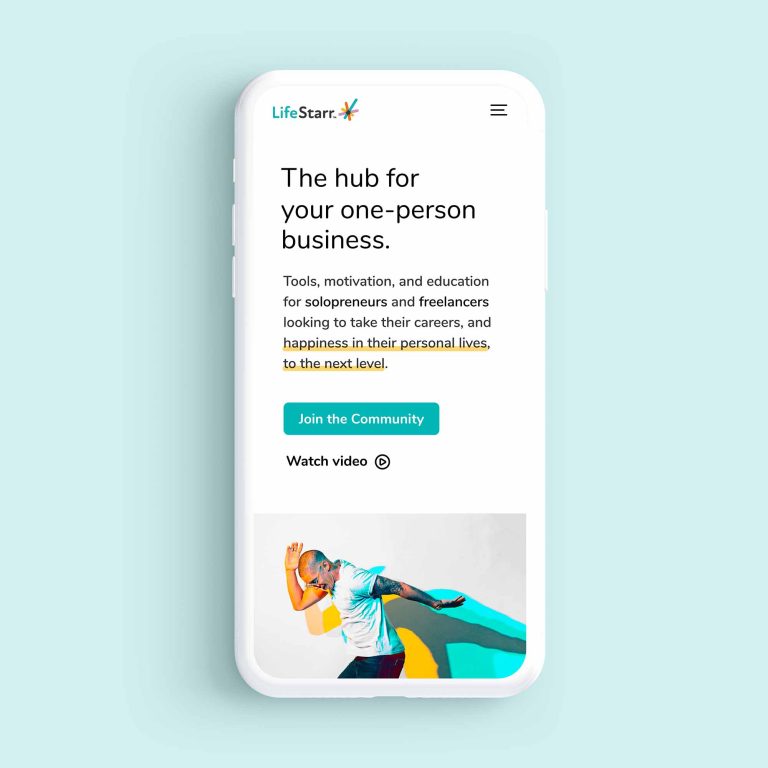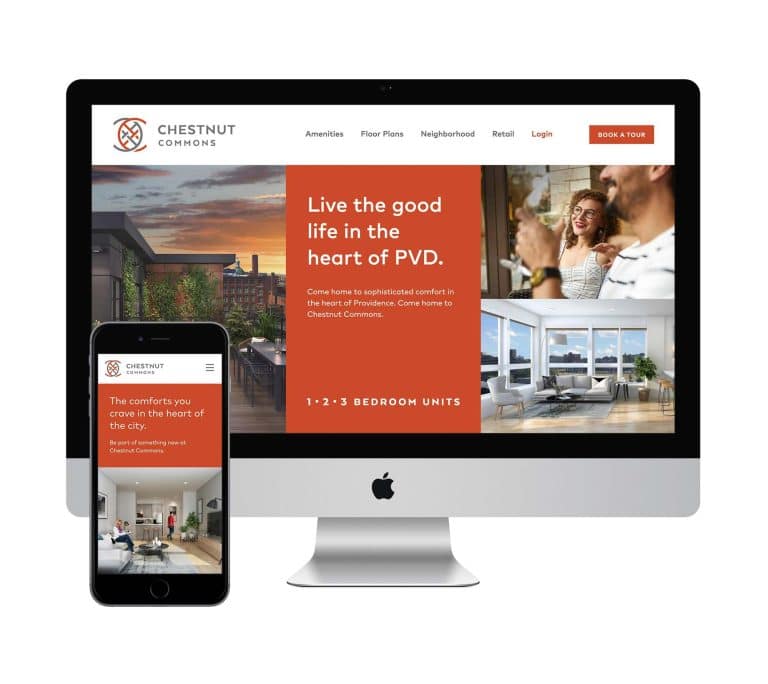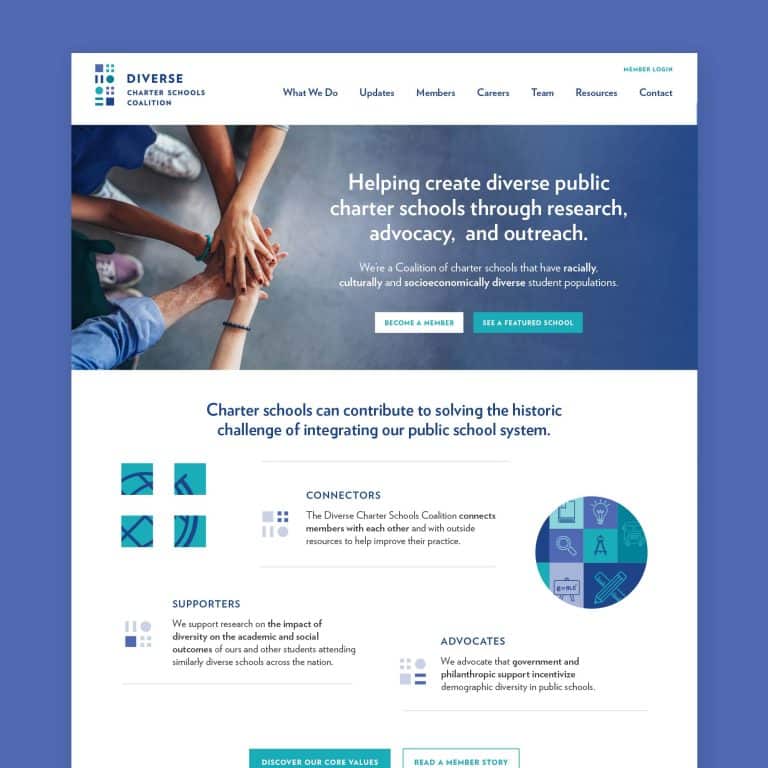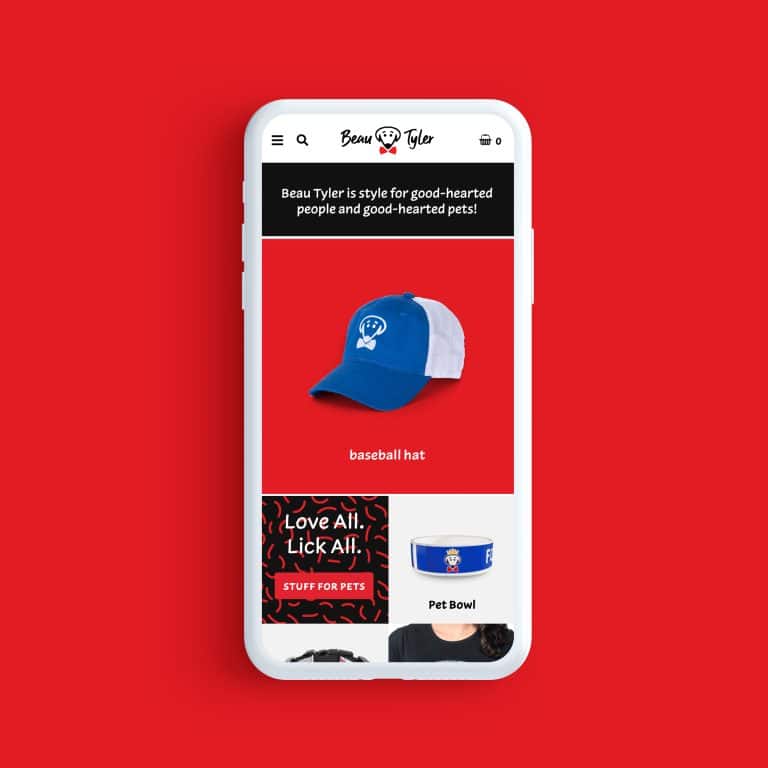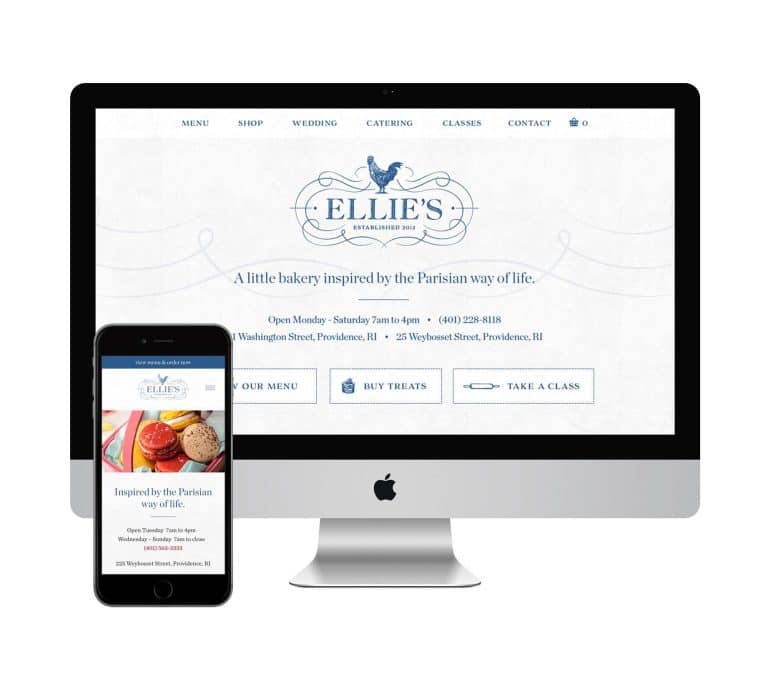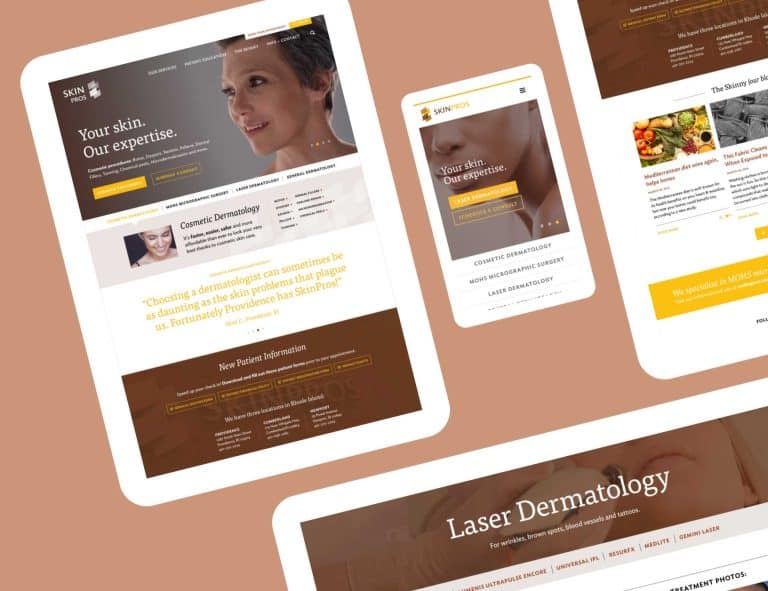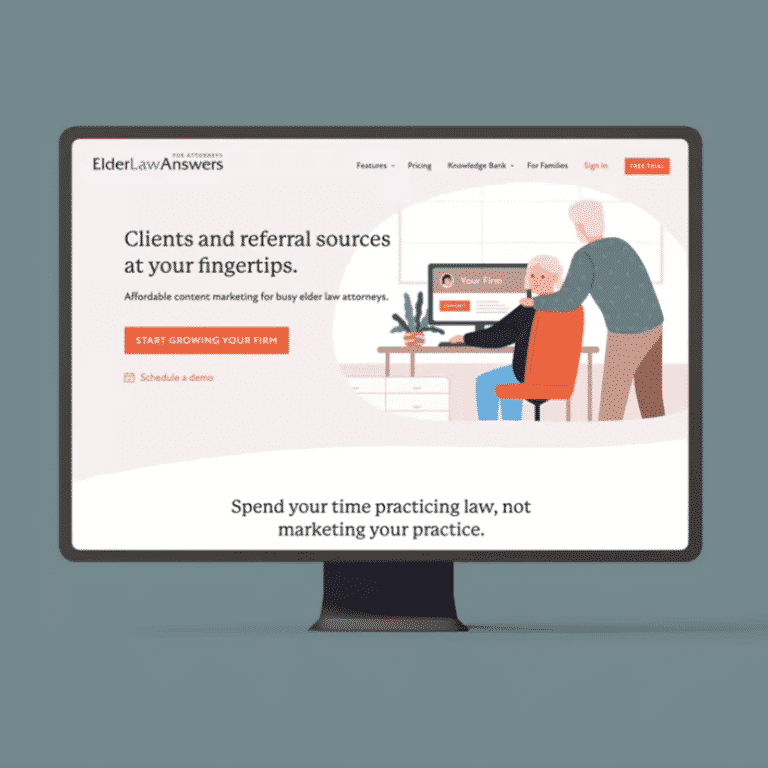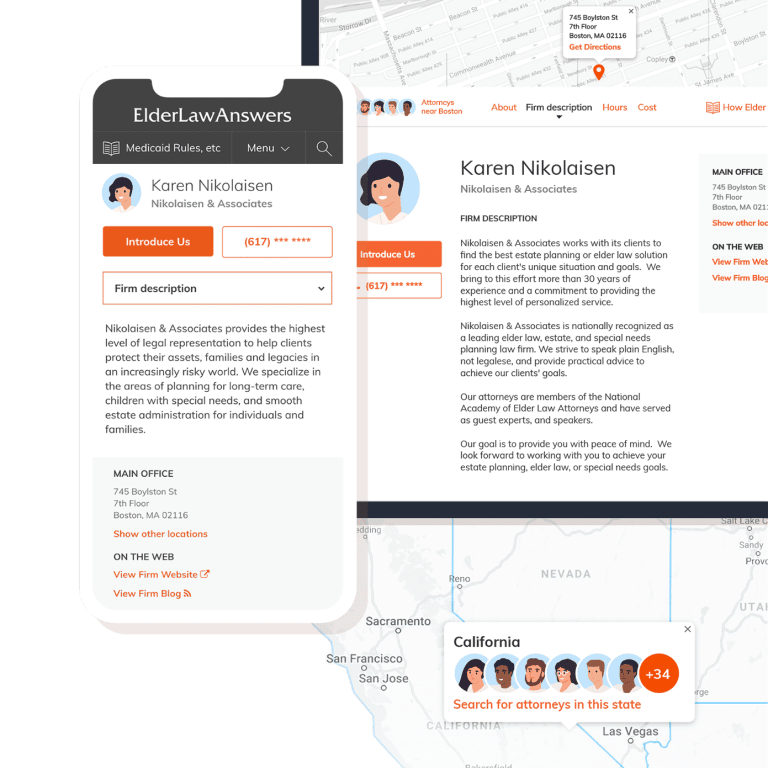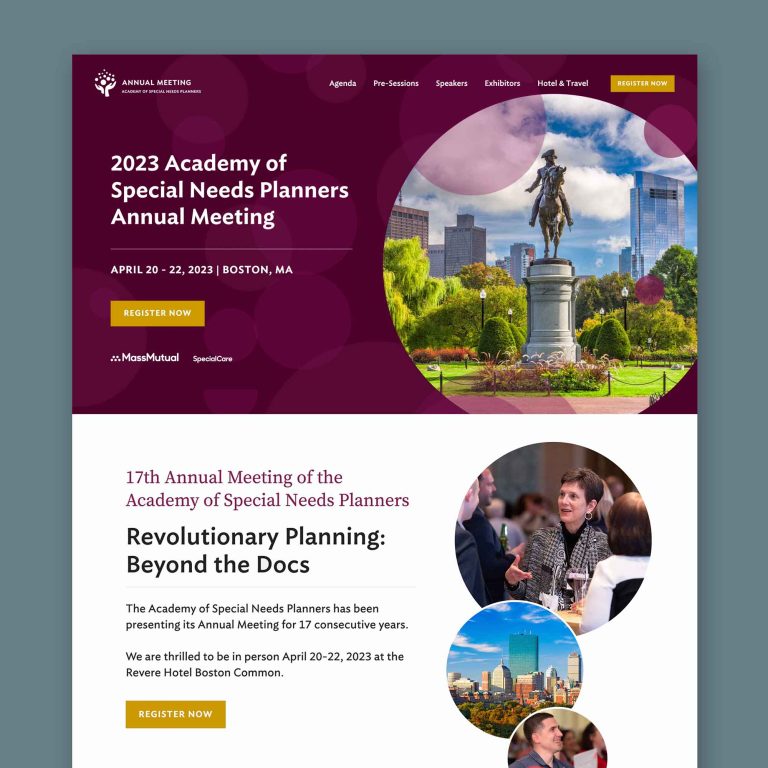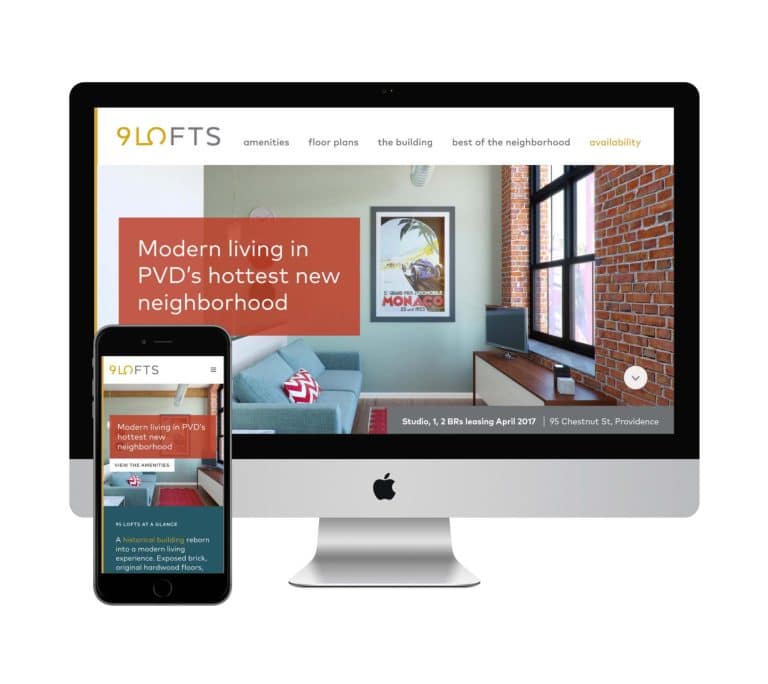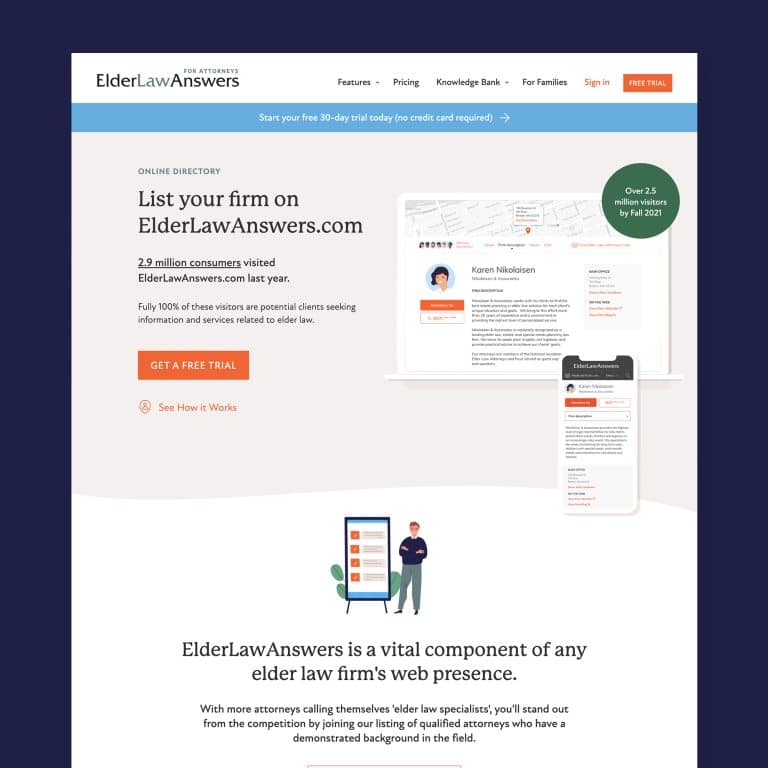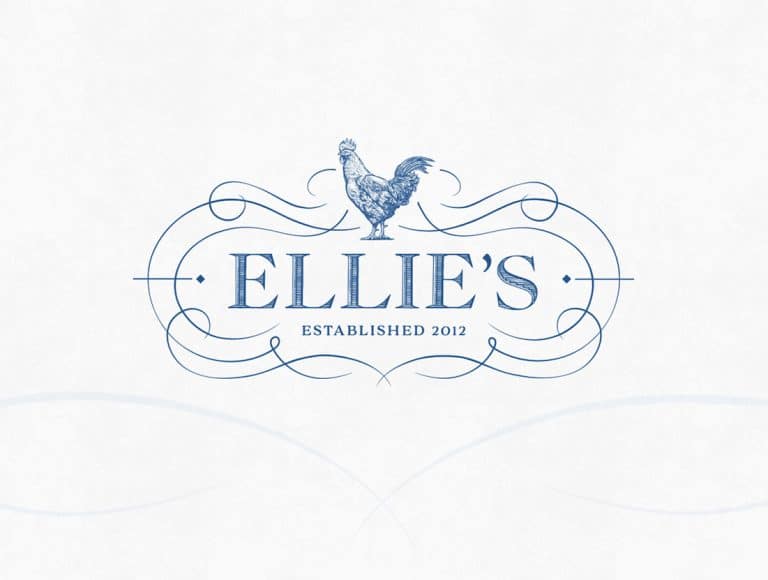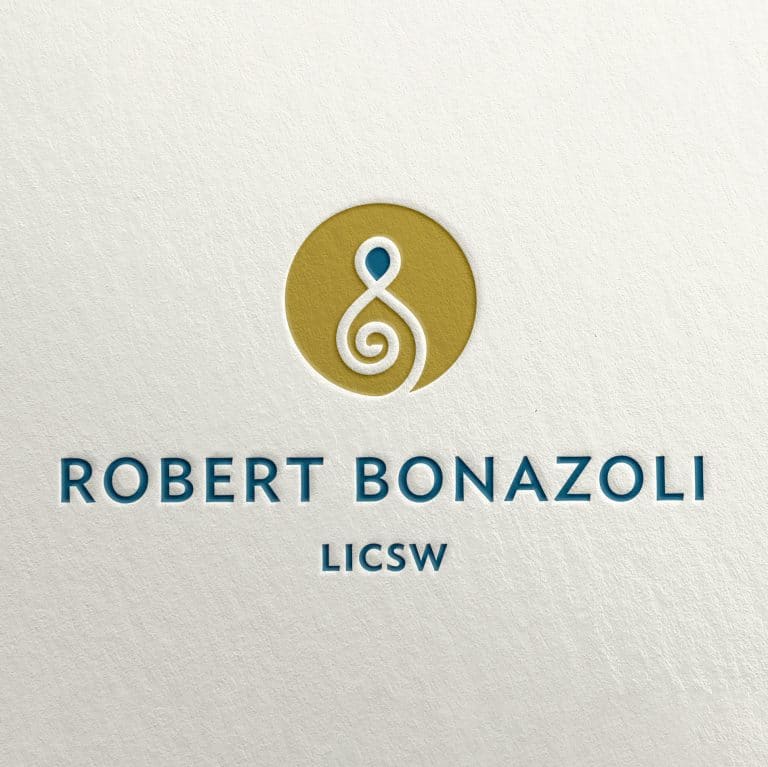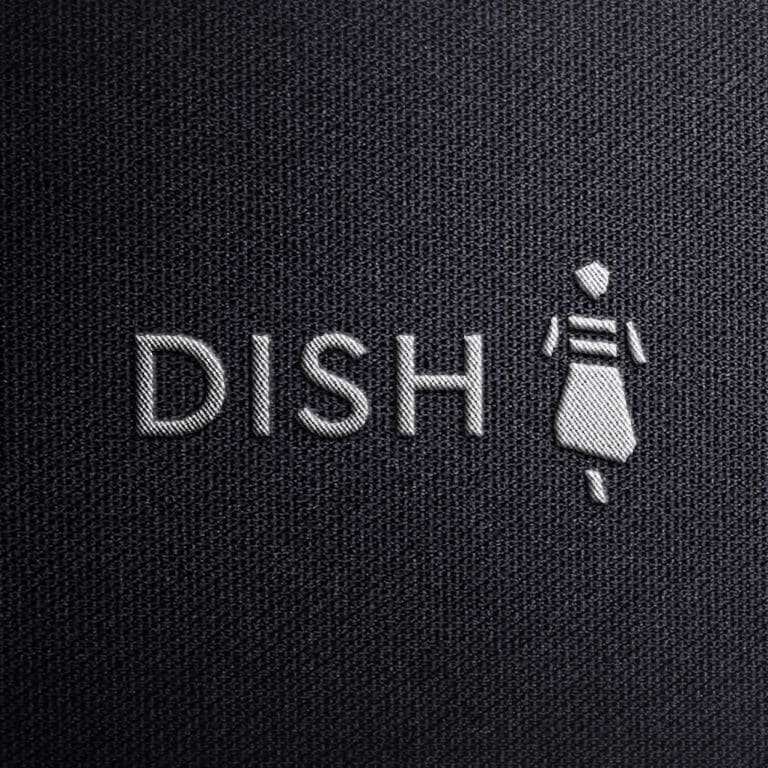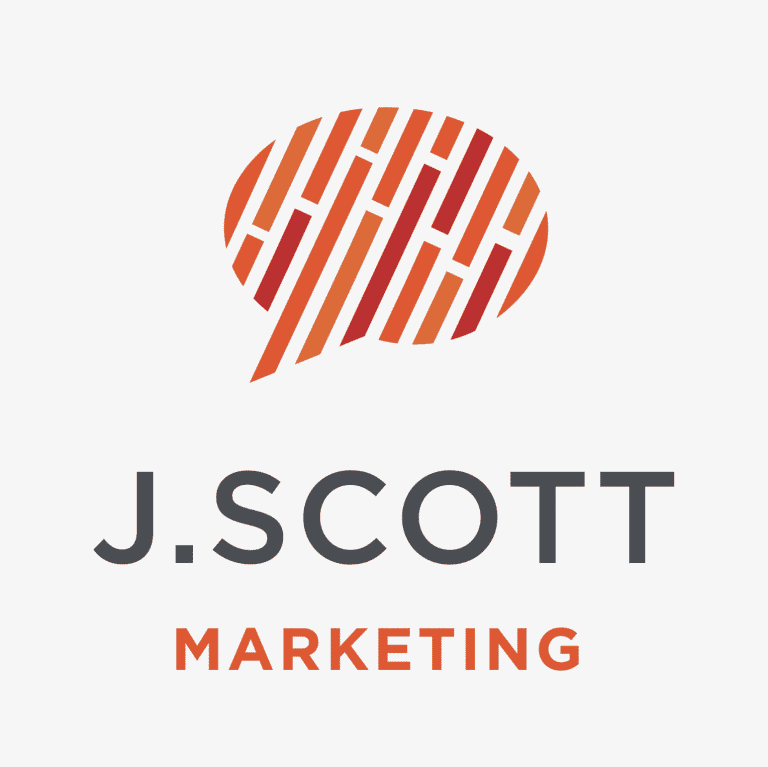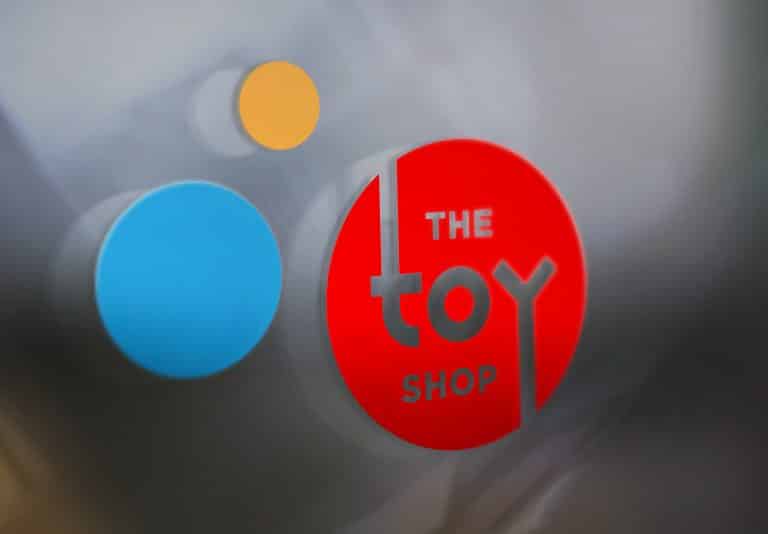The secret ingredient to converting customer leads into paying clients
You might be selling the coolest product in the world, but every business owner knows their days are numbered unless people are buying it.
That, my friend, is often the million-dollar question. I’ve got website visitors galore; how do I get them to take action toward becoming a paying customer?
Some people will claim there is a winning formula for converting web traffic – or foot traffic, or any potential customer or lead – into dollars in the bank. But your leads are as unique as your business, and they may not respond to a specific, focused, but otherwise generic formula.
Spoiler alert: I don’t have a magic spell for conversion, either. But don’t stop reading now. Because I’m going to share a critical nugget of truth that you must understand to begin getting your unique target market to open their collective wallet. Think of it as the secret ingredient to convert customer leads into paying clients.
So… what’s the secret?
People don’t spend money because a product or service is amazing. People spend money when they are emotionally connected to your brand.
Think about why advertisers work so hard to convey emotion: to engender nostalgia; to present a desirable future; to associate their brand with feelings that customers want to hold tightly to.
When your website visitors and potential customers are comfortable with you – and your words strike a chord, together with the feelings that arise when they visit your site or step into your store – they will actually get excited about handing over their money to buy your product or service.
While I can’t tell you the exact path to create that perfect emotional connection between your particular brand and your target audience, I won’t leave you hanging. I’ve teamed up with my super cool marketing strategist counterpart, Julia Scott, to compile some general tips for making those conversion connections.
Four Tips to Convert Leads through Emotional Connection
- Create clear, powerful messaging.
Clear, concise, emotionally compelling messaging and content is a must for sparking a connection. But you have to dig down deeper first. Can you articulate your products and services on an emotional level?
Do you really know, on a personal level, how and why you do what you do?
If you aren’t able to articulate this in your elevator pitch, your designer and copywriter won’t be able to either. As a designer, when I have clients who are ‘stuck’ in this area, I feel like I’m designing a prom dress without knowing the correct measurements or body type. The style and layout might look fantastic, but it’s definitely not going to fit well.
To create this power messaging, you as a business owner need to be able to answer these key questions:
- How do I help people? How do I make their lives better?
- Why am I doing this? Why does it matter to me?
- What do I believe in and stand for?
- What do my ideal clients struggle with? What bothers them?
- How am I addressing these problems or needs?
- How do my skills and offerings stand out from everyone else’s?
- What do I do really well? What don’t I do?
Magnificent messaging – for any medium, be it website, social media, print, or video – distills these answers in a concise, compelling way. If you can’t articulate why someone should hire you, you’re either not going to get hired or you’ll attract customers who aren’t a good fit.
Take as long as you need to nail this initial piece before you move forward.
- Understand your customers.
The critical flip side to understanding your own message is to deeply understand your customers.
This goes beyond basic market research into their demographics and spending habits. Spend some time really listening to them and observing them. What is important to them about this purchase? What motivates them to act?
Wherever possible, reach out directly to your customers and clients by phone or in person. Think of it like Dating 101. Harness all of your curiosity and your interest in them; ask good questions.
As in dating, customers and clients want to feel special and set apart. If you find you’re not really interested in them, then that’s an indication they might not be the right client for you.
Ultimately, you want to truly understand the problem they face and how your product or service will solve it. Your messaging needs to validate their frustration.
The right call to action (CTA) will be crafted to make your customers feel completely comfortable in reaching out and taking the next step.
It might be a custom contact form with a few questions to help you get an idea of what they are looking for so that when you connect, the foundation for a personal relationship has already been laid.
For example, a private event inquiry form on a restaurant website might ask about the size of the party, the date of the event, the type of celebration, and any specific concerns or desires the customer has.
- Create ways to build or continue the relationship.
Opening channels to stay in touch with your clients in a non-salesy way keeps you top-of-mind and opens lines of communication. When they have a need, they’ll think of you first, recall the mutual base of trust, and feel comfortable contacting you.
One easy way to do this is by providing free education to clients and potential clients. Some ideas include:
- A no-strings-attached email list or blog sharing practical tips (with no sales pitch, or at least no purchase requirement)
- An eBook, free workshop, white paper, free book chapter, or ‘getting started’ guide offering valuable insight, tools, and advice on topics of interest
- A free exploratory call or meeting
- Checking in occasionally for support and follow-up, showing customers you value their feedback
You have an opportunity to play to your own strengths in this department.
Prefer face-to-face contact? Reach out via virtual meet-ups and in-person workshops.
Prefer to provide your expertise and maintain a connection in writing that your clients can access as needed? Emails and blog posts are right up your alley. Giving away content also helps you build credibility by establishing your expertise.
I’m not a natural salesperson, so my approach is to provide useful content (like this blog post) to people who are considering hiring a designer. Those who see and value my content gain a sense of whether we’d be a good match, and the ones most likely to be the right clients for me generally find their way to me.
Each piece of content I offer links to my contact form so there’s a seamless way for those folks to connect with me.
- Sales training and business coaching.
For yourself or for your employees, consider investing in sales and customer service training.
Help your team learn to listen to prospective customers and confidently invite them to take the next step in an authentic, persuasive way. Every business owner will need training, support, and guidance from professionals that have been there before.
My own kick-a** business coach, Nikki Groom, has helped me articulate the answers to some of those ‘power messaging’ questions I mentioned above (some of them are the exact questions she’s asked me).
Sales training has the potential to educate your team about psychological triggers that lead to conversion and get to the core of why you may not be having the success you want yet. “Salesmanship” rarely comes naturally — I’m living proof! — and good salespeople study, practice, and learn from experts.
Converting your customer and client leads is only partially about financial success. At its core, it’s about creating truly beneficial connections, solving real problems, and helping your clients’ lives and businesses run a little more smoothly.
That’s a goal everyone can get behind!
Key Takeaways:
- There’s no one-size-fits-all magic formula to convert leads into customers, but there are a few key pieces that apply to each individual business.
- People become ready – even excited – to give you their money when they feel emotionally connected to you.
- Creating emotional connections starts with truly knowing your brand and how you help your customers.
- Continuing to build relationships leads to finding the right clients at the right time.
- Don’t be afraid to enlist professional help to tailor your sales technique across your team and your marketing efforts.
It's hard to market an unfocused brand.
Your business should tell a powerful story to attract loyal customers. Get a brilliant visual framework tailor-made to help you build trust.










